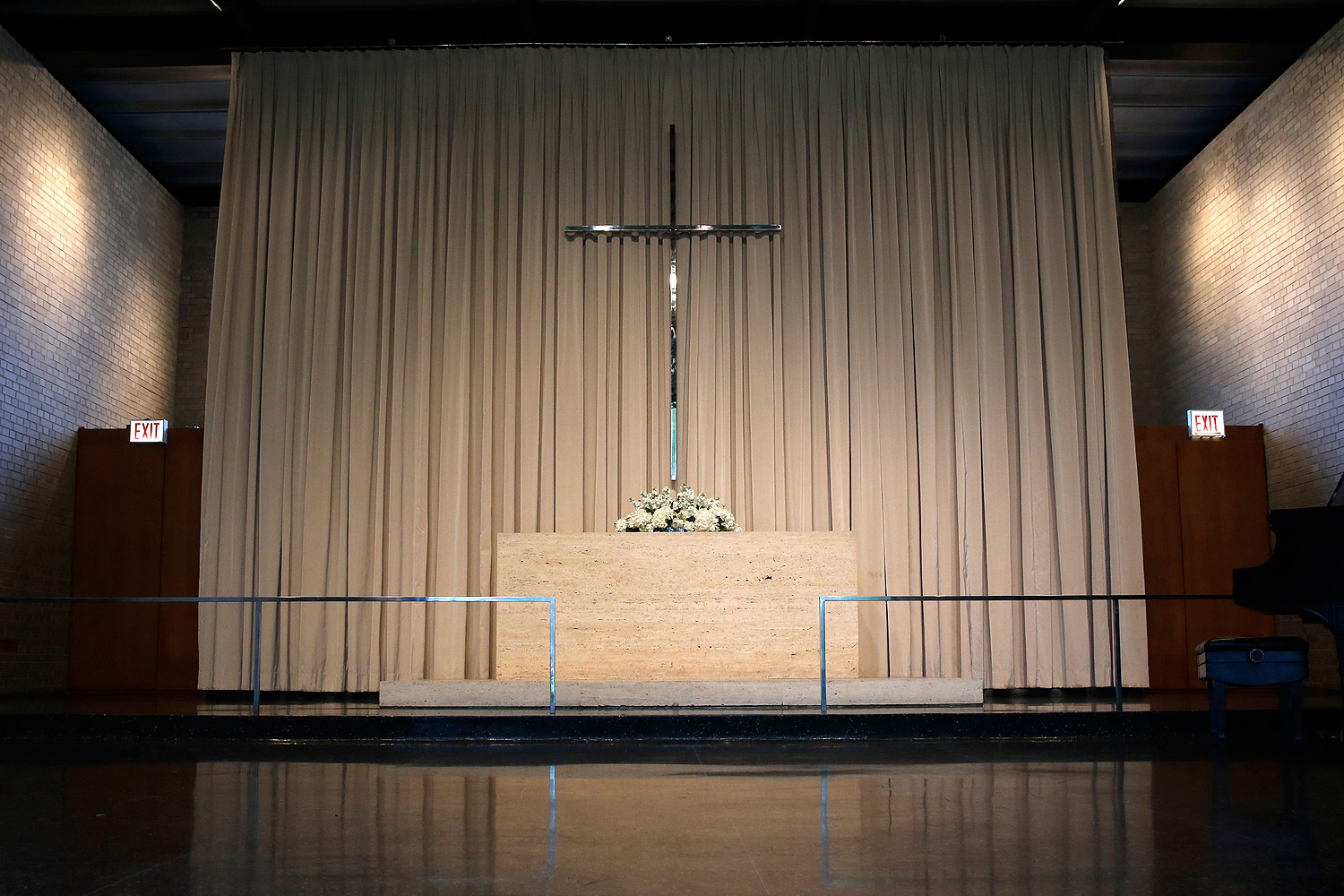One of the oldest and thorniest questions in the study of poverty is how much culture has to do with it—does it create its own culture? Does that culture keep the poor in poverty from one generation to the other?
It's so ingrained in the debate that the second line in the transformative 1996 Welfare Act, which completely rewrote how the federal government deals with poverty, is "marriage is the foundation of a successful society." (Relegated to the third line is the seemingly more direct "promotion of responsible fatherhood and motherhood.")
It's ingrained because it goes way back. And it's come back, if it ever went away.
Following the back and forth over whether there's a connection between various aspects of culture and poverty—marriage, work hours, religion—can get exhausting. So Jens Ludwig, whose work as the director of the University of Chicago's Crime Lab, tried an interesting thought experiment: what if we just assumed it was all causative? What if we fixed the culture of poverty? How much poverty would it eliminate?
The paper's a bit old, from 2006, so the data's not up to date. But it's an interesting look at the debate nonetheless.
Not all single parents are poor; not all married couples are not-poor; not all children from not-poor families remain not-poor. So Ludwig and his co-author, Susan Mayer, looked at data from the National Education Longitudinal Study, which looked at kids when they were in eighth grade in 1998 and followed up when they were 25, in 2000, ostensibly when they were beginning to be established as adults.
And they broke it it down by correlation, then assumed that correlation was fully causative. For instance:
For example, consider a population of 10,000 children (2,800 of whom are raised apart from their biological father and 7,200 of whom are raised with their father). Using the numbers from the NELS data, we see that about 465 children from father-absent families would be poor at age twenty-five (0.28 x 0.166 x 10,000) as compared with 713 children from father-present families (0.72 x 0.099 x 10,000). Note that despite their higher poverty rate, children from father-absent families would account for only 39.5 percent of poor adults (465 divided by 1,178)….
Using the same formulas as above and assuming that the poverty rate for all children was the same as the poverty rate of those living with both biological parents, we find that about 990 adults would be poor in the next generation (10,000 x 0.099), a reduction of 188 poor people.
So it's a pretty simple model. Applied to other culture of poverty signifiers, here's what you'd get (scroll over the legend to see the full categories).
[For those who can't scroll, the columns, left to right, are: If all 8th graders lived with a working adult; If all 8th graders participated in religious services; If all 8th graders lived with their biological parents, at least one of whom worked, and he or she attended religious services; and if no child ever spent time in a household that did not have two married adults, at least one of whom was working, and that did not attend weekly religious services.]
In the most powerful framework, Ludwig and Mayer turn the culture of not-poverty up to 11, moving out of the NELS data and assuming that not just eighth-graders lived under the best possible circumstances, but literally every child in America lived with their biological parents their entire childhoods, at least one of whom was employed that whole time, and faithfully went to religious services every week. And they come up with a scenario that eliminates 75 percent of poverty, if you assume that all of the above are fully causative, which basically no one does.
It obviously won't end the debate. In fact, it's something of a lark, as the academic analysis of poverty goes. But it does help frame the debate by trying to establish its mathematical limits.




